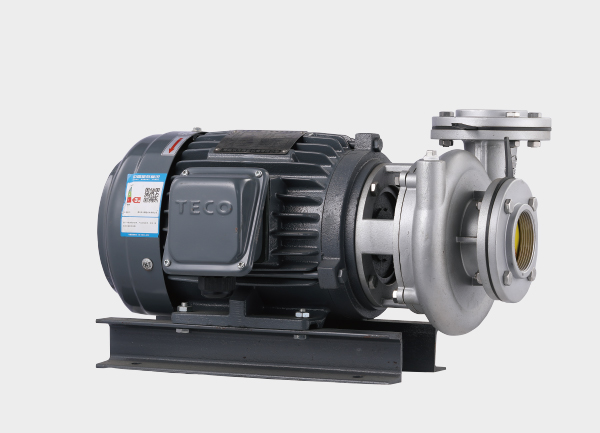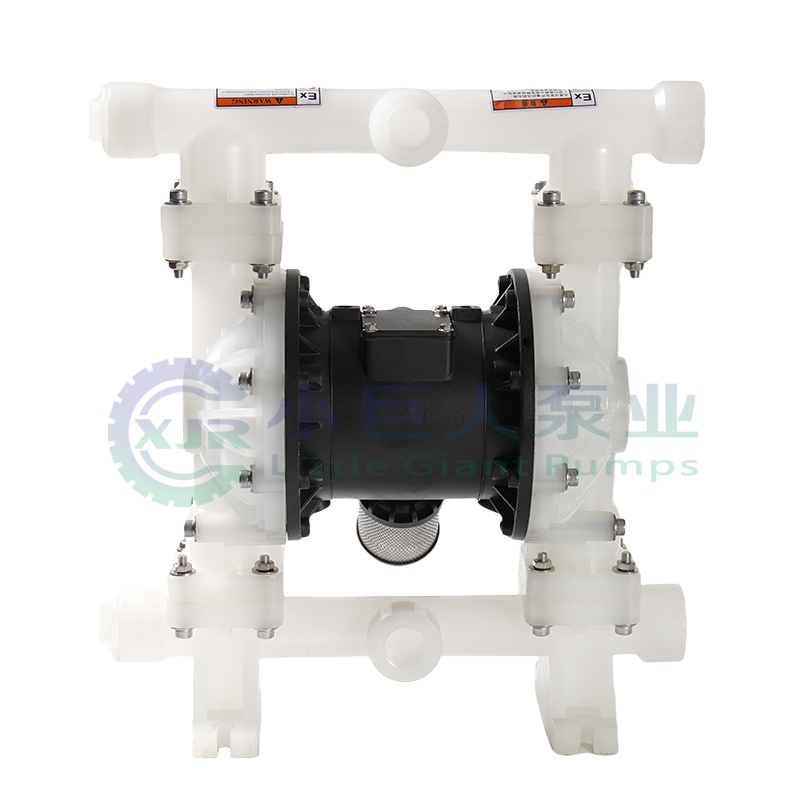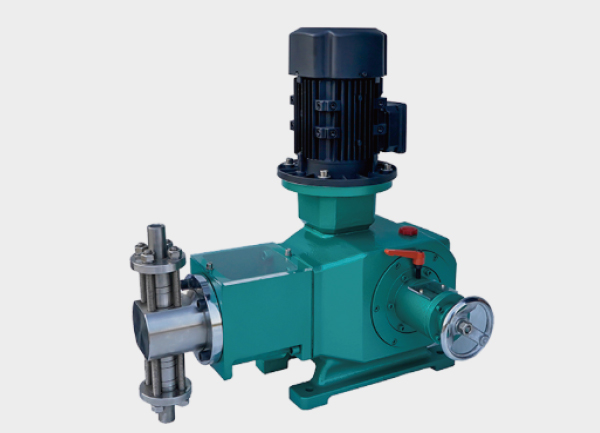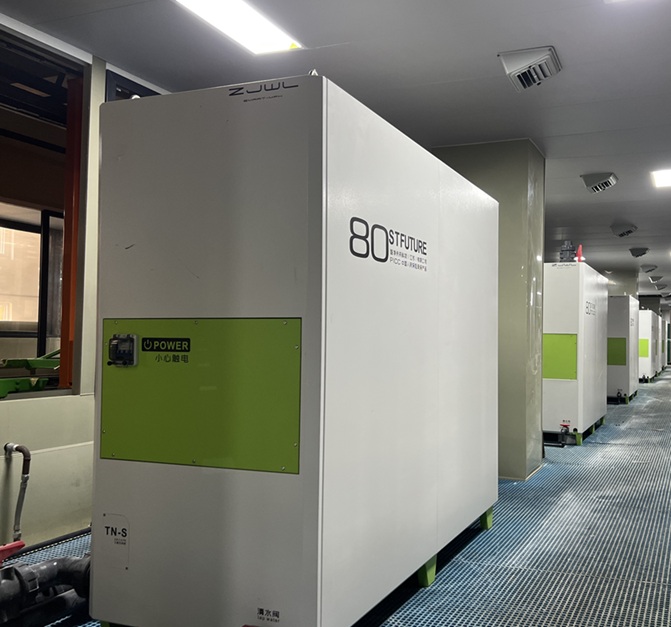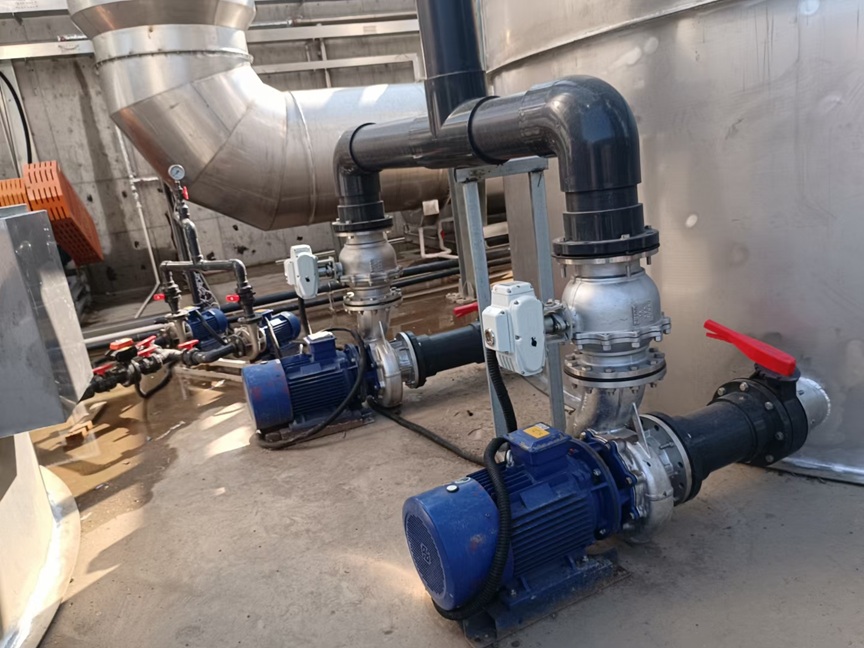In modern industrial production, the demand for transporting corrosive, flammable, explosive, and high-purity liquids is steadily increasing. Traditional mechanically sealed pumps often face leakage risks and high maintenance costs, which has led to the widespread adoption of magnetic drive pumps (mag drive pumps). Among them, stainless steel magnetic drive pumps stand out for their superior material properties and sealing performance, making them essential in chemical, pharmaceutical, environmental, and electronic industries.
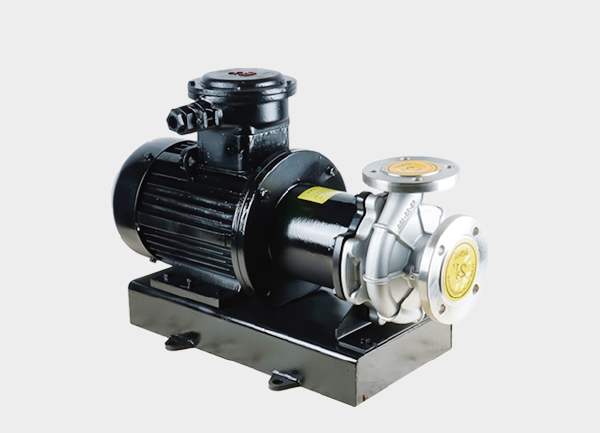
What is a Magnetic Drive Pump?
A magnetic drive pump is a type of seal-less centrifugal pump with the following features:
Power transmission: The impeller is driven indirectly by magnetic coupling, rather than direct shaft connection.
Sealing design: It eliminates the traditional mechanical seal and instead uses a static seal, preventing liquid leakage.
Key advantages: Ideal for transferring corrosive fluids, hazardous chemicals, or ultra-pure liquids where leakage must be avoided.
When constructed from stainless steel (commonly 304 or 316L), the pump offers improved corrosion resistance and higher temperature tolerance, making it well-suited for acids, alkalis, solvents, and other aggressive chemicals.
Working Principle of Stainless Steel Magnetic Drive Pumps
The operation of a stainless steel mag drive pump involves four core processes:
1. Magnetic Coupling Transmission
The electric motor drives an outer magnet assembly.
Magnetic field lines pass through the isolation sleeve, synchronizing with the inner magnet assembly.
The inner magnet is fixed to the impeller, allowing it to rotate without direct mechanical contact.
This non-contact drive mechanism eliminates shaft penetration and reduces wear and leakage risk.
2. Static Sealing and Isolation
The pump chamber is completely sealed off from the atmosphere by a stainless steel containment shell:
It withstands internal system pressure.
Prevents liquid from leaking to the environment.
As a result, the system achieves true zero-leakage operation, which is critical for hazardous chemical applications.
3. Hydraulic Operation
When the impeller rotates:
Pressure at the inlet drops, drawing liquid into the pump.
Centrifugal force pushes the fluid outward toward the discharge port.
The cycle of suction → pressurization → discharge ensures continuous fluid transfer.
4. Cooling and Lubrication
Magnetic coupling generates eddy currents and heat inside the containment shell. To avoid overheating:
Many designs use the pumped liquid itself for internal cooling and lubrication.
For high-temperature or viscous fluids, external cooling systems may be integrated.
Why Stainless Steel? Key Material Advantages
Superior corrosion resistance – 316L stainless steel is highly resistant to acids, alkalis, and organic solvents.
High mechanical strength – Withstands higher system pressures and heavy-duty conditions.
Wide temperature tolerance – Operates safely in elevated temperatures (typically 120°C to 350°C), beyond the limits of plastic mag drive pumps.
Broad chemical compatibility – Suitable for strong acids (sulfuric, hydrochloric), caustic soda, organic solvents (toluene, acetone, alcohols), and more.
Engineering Value of the Working Principle
The unique principle of magnetic drive transmission provides the following engineering benefits:
Zero leakage → safer handling of hazardous and toxic fluids.
Lower maintenance costs → no mechanical seals to replace or repair.
Environmental protection → prevents emissions and meets strict regulations.
High reliability → minimal wear extends service life.
Typical Applications
Chemical industry – Handling corrosive acids, chlorides, and solvents.
Pharmaceutical production – Preventing leakage and contamination.
Electronics and semiconductors – Transferring ultra-pure chemicals.
New energy and environmental sectors – Pumping electrolytes, wastewater, and process fluids.
✅ Conclusion
The stainless steel magnetic drive pump operates on the principle of magnetic coupling and static sealing, which eliminates leakage while ensuring durability and reliability. Its ability to handle corrosive, high-temperature, and hazardous fluids makes it a critical solution across industries where safety and environmental protection are top priorities.


